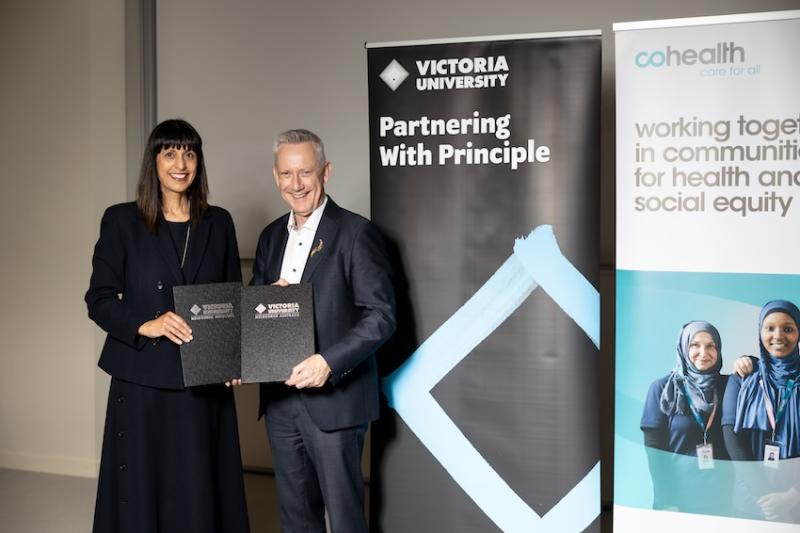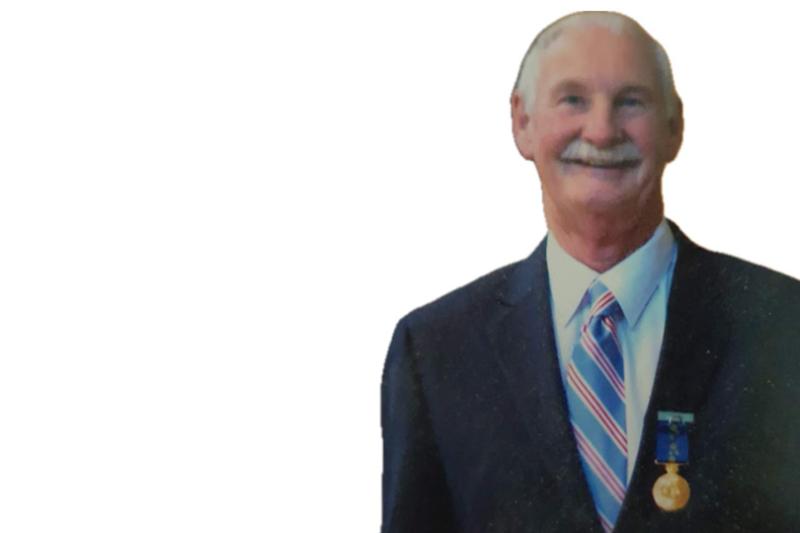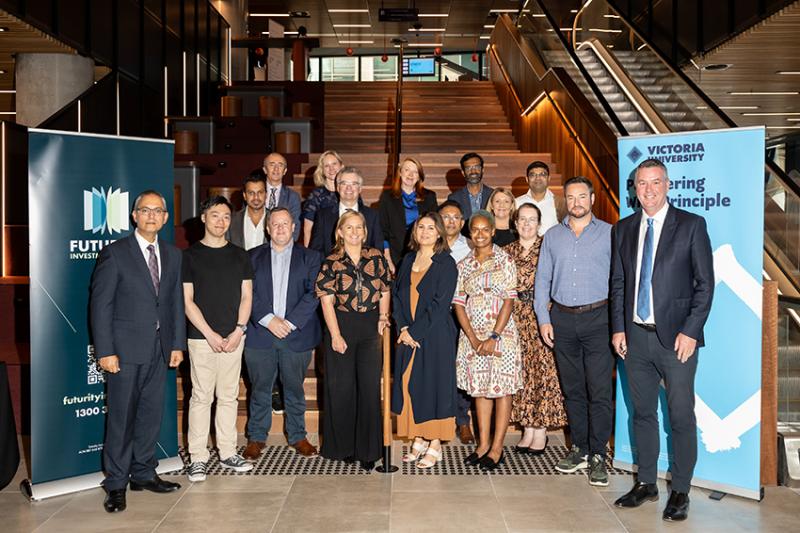Grassroots sports face new tests

In an opinion piece published in The Herald Sun on Friday 26 June, Professors Rochelle Eime and Hans Westerbeek call for an urgent return to community sport.
COVID-19 has smashed community sport for six.
But while grassroots clubs had to cancel training sessions and competitions during isolation, many Australians recognised they needed to remain active. They bought bikes, Lycra and home gym equipment, walked and cycled, and explored their communities.
Now some restrictions are easing, it will be up to the leagues, associations and local community clubs to decide how Australians return to more formal play. This week, junior competitions were allowed to restart, but some leagues and clubs were questioning whether they will return for a shortened 2020 season, or cancel it altogether.
So for some sports, if even one club does not return, the green light could turn red for everyone. More than a dozen Victorian country football and netball leagues have already abandoned the 2020 season.
A study by Victoria, Federation and Flinders Universities is surveying more than 6000 sport-playing Australians to investigate the contribution of sport to their health and wellbeing before, during and after COVID-19.
When study participants rated their health during COVID-19 lockdown compared to a year earlier, a quarter reported their general health was worse than the year before, 29 per cent reported worse physical health, and 31 per cent reported worse mental health.
The absence of community sport has a clear detrimental effect on physical and mental health. When we survey the participants again once they return to play, we expect all health measures to improve.
So it is particularly concerning that the sustainability of thousands of community sport clubs across Australia is under threat.
A separate study commissioned by Australian Sports Foundation CEO Patrick Walker assessed COVID-19's impact on the finances, membership and volunteers of more than 4000 clubs. Interim results show revenue from memberships, sponsorships and fundraising has virtually ceased, while utilities, insurance and maintenance costs remain.
More than 70 per cent of surveyed clubs projected reduced sponsorship and fundraising, while 68 per cent forecast a fall in membership revenue.
Even worse, 90 per cent of clubs say new hygiene measures will increasing expenses and about half said staggered training schedules and extra equipment would push up costs.
Against this background, communities, politicians, sport decision-makers, and volunteers will need a coordinated approach to get community sport clubs back to training and competing.
Professors Rochelle Eime and Hans Westerbeek are researchers in Victoria University's Institute for Health and Sport.
This article was published on Friday 26 June 2020 in the Opinion pages of The Herald Sun newspaper.



